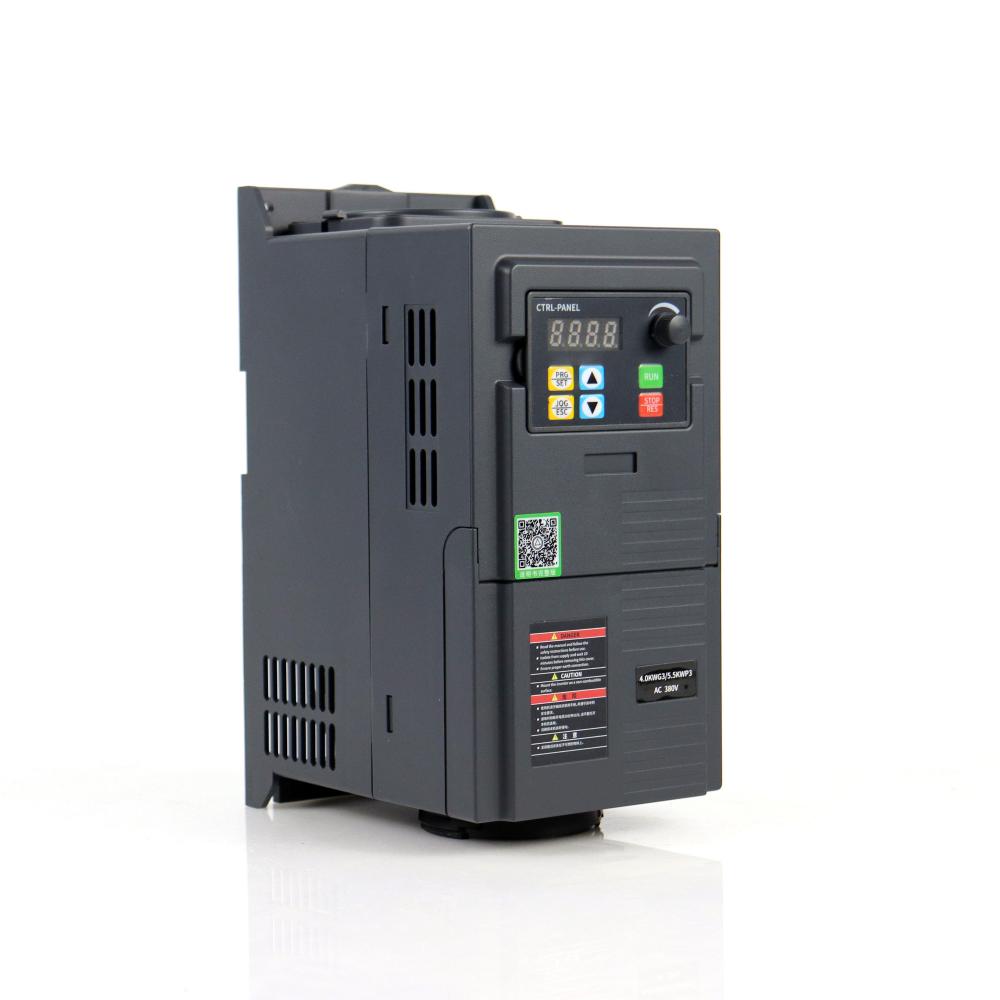PCADAPTERUSB (6ES7972-0CB20-0XA0) is used between a PC and a PLC. The CPU model is 315-2DP. When the MMC card is not inserted, the connection can be successfully established. However, when attempting to download the hardware configuration, an error occurs due to the SDB being too large. Once the MMC card is inserted, the connection is lost immediately. A reset was performed using the CPU’s reset button, but the issue remained unresolved.
Solution Steps:
- Use the compression feature: Place the CPU in STOP mode. Go to PLC > Diagnostic/Setting > Module Information, then select the “Memory†tab. Check if there's enough space in the Load Memory (LoadMemoryRAM). If not, click the Compress button to free up space.
- Delete blocks from the MMC card: Insert the MMC card into the CPU. In the SIMATIC Manager, switch to online mode via View > Online. Navigate to the block folder, select all blocks, right-click, and choose Delete. Note: Some data might be protected and cannot be deleted directly.
- For password-protected MMC cards: Insert the card into a PG or Siemens USB card reader on your computer. In the SIMATIC Manager, go to File > S7MemoryCard > Delete... to remove the contents.
Understanding the SDB Error: This typically means the system data is too large. To resolve this, it's best to clear all data from the PLC, similar to starting with a new device. Then, re-download the project’s program and hardware configuration. Ensure that the SDB file is generated correctly before proceeding with the download.
Connection Issues with the MMC Card: If the MMC card already contains other programs or configurations, inserting it into the PLC may cause connectivity problems. To avoid this, first, clear the MMC card completely. Then, insert it again and reconfigure the entire project, ensuring that the SDB is generated without errors.
How to Clear the MMC Card:
- For new S7-300 systems with an MMC card: Connect the computer to the CPU. In the SIMATIC Manager, go to View > Online and open the Blocks window. Select the blocks and delete them. You can also use PLC > Download User Program to Memory Card to download an empty program, effectively clearing the card. Alternatively, use a PG or Siemens card reader for manual deletion.
- For standard S7-300 systems with FEPROM cards: In the SIMATIC Manager, go to View > Online and delete the blocks from the working memory. Then, use PLC > Copy RAM to ROM to transfer the current program to the FEPROM card, effectively erasing the previous content.
By following these steps, you should be able to resolve the SDB size issue and restore proper communication between the PC and the PLC through the MMC card.
A single-phase VFD, also known as a variable frequency drive, is a specialized electronic device used for precise control and regulation of single-phase motors. Unlike three-phase motors that are commonly used in industrial applications, single-phase motors are predominantly found in residential and small-scale applications.
The primary function of a single-phase VFD is to control the frequency and voltage supplied to the single-phase motor, thereby enabling accurate regulation of motor speed. By adjusting the frequency and voltage output, the VFD allows for smooth and precise control over the motor's rotational speed. This feature is particularly useful in applications where speed control is required, such as in residential HVAC systems, small-scale machinery, and household appliances.
Energy efficiency is a significant advantage offered by single-phase VFDs. By adjusting the motor speed to match the load requirements, the VFD reduces energy wastage and improves overall energy efficiency. When the motor operates at a lower speed during periods of low demand, energy consumption is significantly reduced, resulting in energy savings and lower operating costs.
Motor protection is another important aspect addressed by single-phase VFDs. They incorporate various protective features, including overload protection, short circuit detection, and thermal protection, which help safeguard the motor against damage due to excessive current, voltage fluctuations, or overheating. This ensures reliable motor operation, prolongs the motor's lifespan, and reduces the risk of unexpected failures.
Harmonic filtering is also a critical consideration in single-phase VFD applications. When single-phase VFDs operate, they can introduce harmonics into the power supply, which may cause issues such as voltage distortions and interference with other electrical equipment. To mitigate these problems, single-phase VFDs often incorporate harmonic filtering techniques to suppress harmonics and ensure a clean and stable power supply, maintaining power quality and preventing damage to connected equipment.
Control algorithms play a significant role in single-phase VFD operation. These algorithms allow for precise control and adjustment of motor speed, ensuring smooth acceleration, deceleration, and accurate speed regulation. Advanced control algorithms enable efficient motor operation and enhance overall system performance.
In summary, single-phase VFDs provide precise control and regulation of single-phase motors in residential and small-scale applications. With their energy efficiency, motor protection features, harmonic filtering capabilities, and advanced control algorithms, single-phase VFDs enhance motor performance, reduce energy consumption, and ensure reliable operation in various residential and small-scale applications.

Three Phase Vfd,Ac Single Phase Gasoline Generator,220V Vfd,Ac Inverter
WuXi Spread Electrical Co.,LTD , https://www.vfdspread.com